

There is no small amount of credit tied to one’s name after crafting a gameplay experience as groundbreaking and unique as the original Portal (originally titled ‘Narbacular Drop’). Kim Swift has moved on from her headline-grabbing senior project and its remarkable sequel, and taken a lead role at Airtight Games to bring fans of physics puzzles and platforming a brand new adventure, Quantum Conundrum.
The odds are stacked against Swift’s newest game standing up against the genius of her previous work, but there is sure to be a horde of gamers eager to see what other puzzlers can be spawned from the same imagination. Quantum Conundrum is certainly a completely different animal, but is it capable of running with its predecessor?
First off, it’s important to temper expectations before explaining what the aspirations of Quantum Conundrum are. The game is not Portal, and it isn’t trying to be. In trying to be something completely – well, not completely – different, a brand new physics puzzler with a sense of humor has been created that certainly exists within the same genre as its predecessor, but is different in several important ways. Some of these differences offer surprisingly enjoyable additions to basic gameplay, while others can’t help but offer an experience not quite as remarkable or breathtaking as Swift’s debut title.
From a tonal standpoint, the themes and character of Conundrum are much more lighthearted, whimsical and child-like, placing the player in the role of a young boy arriving at Quadwrangle Manor – the home of his mad scientist uncle. It seems one of the scientist’s experiments with dimensional rifts has deactivated the Manor’s electrical generators, leaving the unnamed Quadwrangle youth to follow in the footsteps of his ancestors and rescue his amnesiac uncle from a pocket dimension.
The stages of the game are structured around the activation of a generator, requiring mastery of each dimensional energy along the way. The player is given access to each dimension discovered by Uncle Fitz – ‘Fluffy’ (makes objects lighter), ‘Heavy’ (makes them dense and indestructible), ‘Slow’ (slows time relative to the player) and ‘Reverse Gravity’ (you get the idea) – to navigate the various test chambers and rooms of the house. The dimensional powers are only of use when objects are near to interact with, so plenty are supplied along the way, with the help of Uncle Fitz’s Inter-dimensional Kinetic Entity – known as ‘Ike’ for short.
The fantastic absurdity with which the powers are demonstrated, be it safes turned into plush toys through ‘Fluff-ifying’ or a film grain added to show time has slowed, work to constantly lighten the mood and increase the sense of youthful fun. The same sense of humor permeates much of the game, as robotic assistants shriek before plunging into an abyss, and the player is constantly derided by his uncle via intercom. The general structure and relationship constructed is strongly reminiscent of the one formed with GlaDOS, although not nearly as brilliantly written or insulting.
With the tone and atmosphere noticeably lightened (now completely appropriate and understandable for younger gamers) the stage is set for the gameplay to be similarly simplified in the name of good-hearted fun. And it most certainly is. The truth is that the puzzles of Quantum Conundrum are rarely extremely challenging or likely to stump the player and, therefore, not capable of generating the ‘Aha!’ moments that Portal seems to strive for. This decision is clearly by design, however, as staying committed to moving forward, pushing every button that is present, and relying on past tricks is almost always the best path to success.
The colorful and dynamic environments certainly add to the moment-to-moment enjoyment and entertainment, but very little trial and error is required, since the solution is much more easily deduced through observing the elements present, and the automated systems at work. There are a few exceptions which will give a moment’s pause, but the true strength of Quantum Conundrum does not lie in the solving of its puzzles, but in the execution of their solutions.
Each of the individual powers is able to generate their own sense of fun and ability on their own, like throwing a cardboard box across a room, turning it into a dense metal version of itself just before it bounces off a glass window, granting access to a new room. But the combination of these powers in quick succession is by far the most unique and brilliant gameplay at work. Since not every power is accessible at all times, the player is required to come up with interesting strategies, and new uses for old tools all the time.
It is this manipulation of multiple physics tools that brings the most surprising aspect of Conundrum to life: the platforming. From a lead designer that matched physics anomalies to stark environments and implied narratives, a comprehensive and challenging platformer was not expected. The most challenging moments of platforming in Conundrum hearken back to the more…’frustrating’ moments of Portal’s closing stages, but portrayed here in completely new ways and, as said before, all in the pursuit of fun an creativity.
The game is jam-packed with moments that will elicit pure joy and child-like wonder, like the first time a fluffy safe is thrown into a gap, allowing the player to slow time enough to use it as a jumping point. From there the depth and complexity only grows, as tables and couches are ‘surfed’ across great distances by inverting gravity periodically, or leaping from one flying object to another on pre-assigned paths. The game gets away with implementing somewhat obvious or less-challenging puzzles, because the act of solving them is enjoyable enough to drive the player into the next room.
The downside of this trade-off is, predictably, much less of a feeling of accomplishment or ingenuity. Not because the challenges are easy – they aren’t, often requiring precise timing and close attention – but because the puzzles themselves are more akin to hurdles and tasks than actual tests of mental acuity. For those who found Portal and its sequel frustratingly obtuse, this is good news, but anyone who found those games’ puzzles a welcome challenge will find Conundrum‘s test chambers much more straightforward.
The best puzzles require lateral thinking – knowing all the clues to the solution are present, but waiting for the pieces to be put together mentally before the course of action becomes clear. Since the answers to the game’s riddles rely on implementation of mechanics instead of true puzzle-solving, the doing is satisfying, but the grasping is largely absent. Add the fact that a challenge or obstacle can be overcome in multiple ways of varying complexity or ingenuity, and the joy and satisfaction of having discovered the solution is greatly missed.
Given that, there is no doubt that fans of Swift’s previous work will find this a much less broad experience. Not quite ‘Portal: The Platformer,’ but extremely close. By placing fun over frustration the puzzle aspects of the game never truly shine as bright as they could if given more priority, which is clearly the intent. The best moments of its platforming are as good as the genre can get, but would have been welcome in even greater number. That said, the potential for these systems and this property as whole has us more than excited to see what will be done next through DLC or even future installments.
The game may have been looked to as another revolutionary physics masterpiece from the mind behind Portal, but the result is far more approachable to both fans of platforming in general, and those who adored the spiritual predecessor. Either way, the experience is one that either group will absolutely want to experience. And at the price, it’s one of the better 3D platformers available anywhere.
Quantum Conundrum is available for PC now through Steam. It will be released for download through PSN July 10, and Xbox Live Arcade on July 11, for USD $14.99. Game Rant played the PC version for review.
Follow me on Twitter @andrew_dyce.
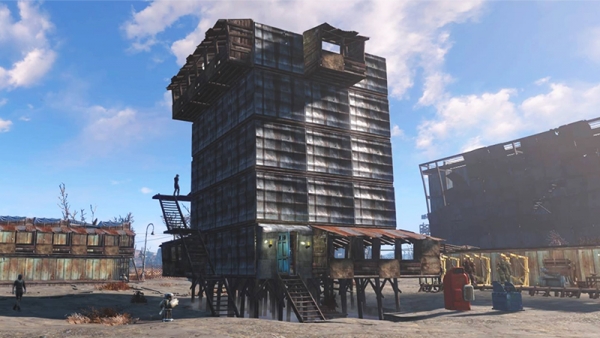
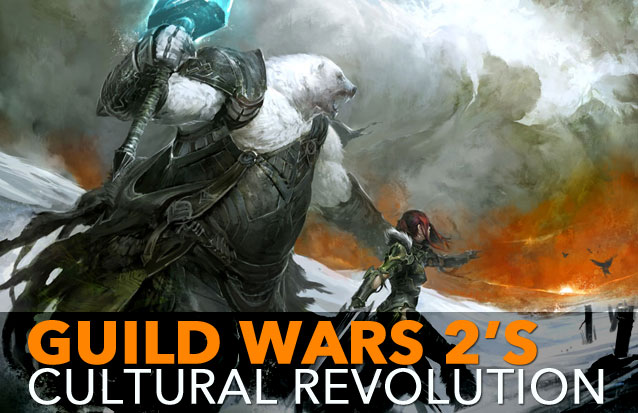
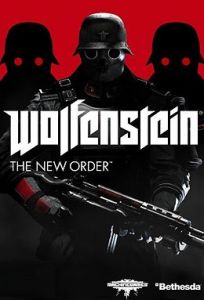
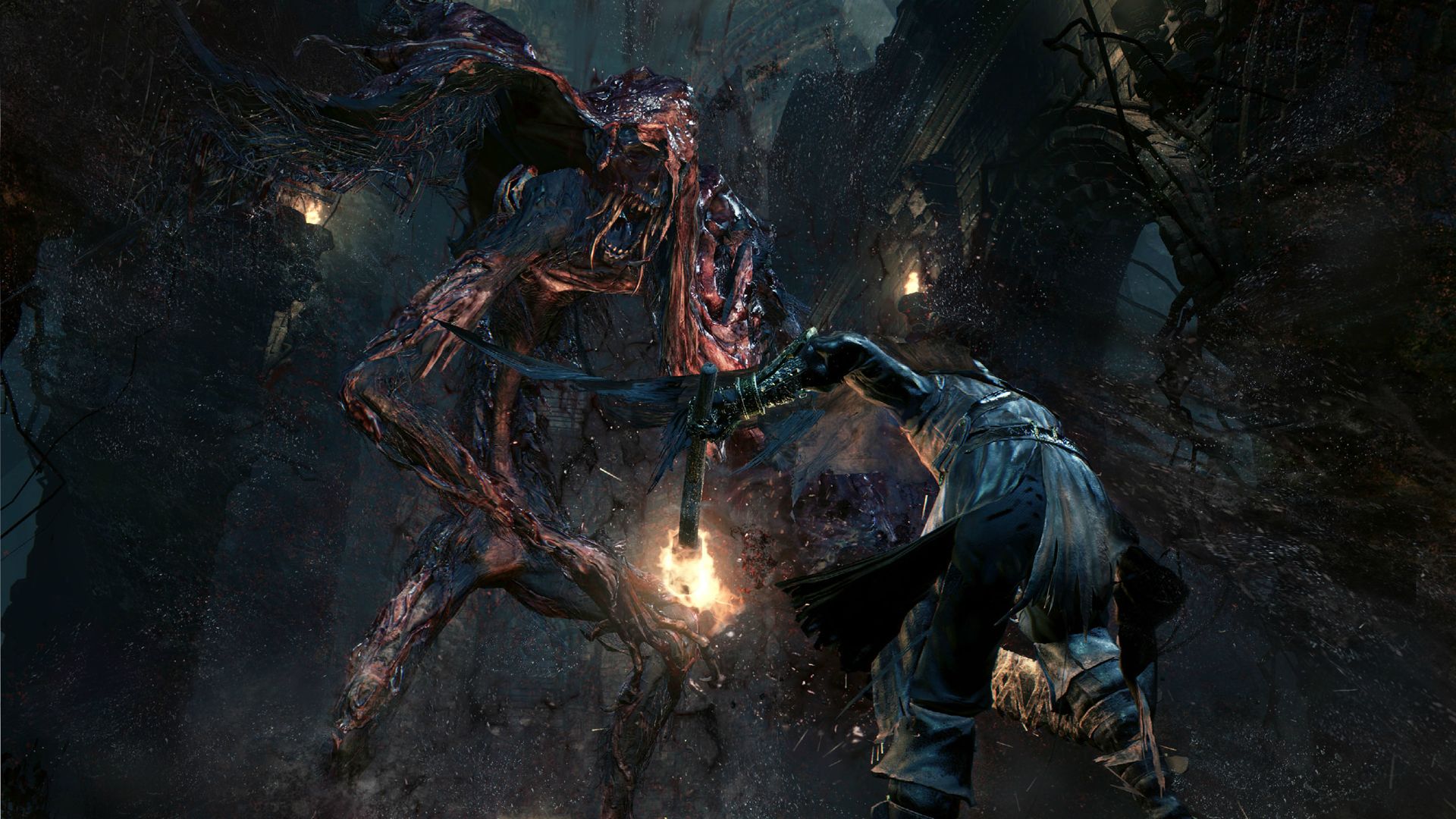
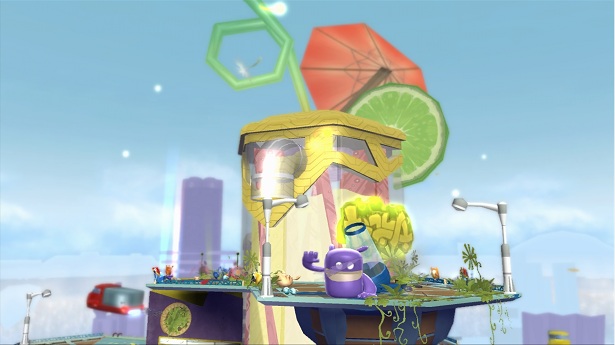 de Blob 2 Walkthrough
de Blob 2 Walkthrough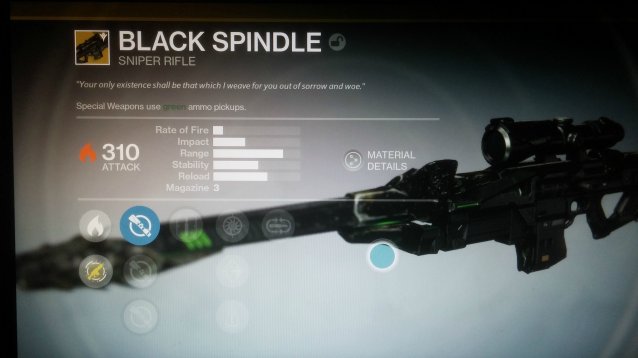 Destiny: The Taken King Guide - How to Get Black Spindle
Destiny: The Taken King Guide - How to Get Black Spindle Batman v Superman: Jesse Eisenberg as Lex Luthor
Batman v Superman: Jesse Eisenberg as Lex Luthor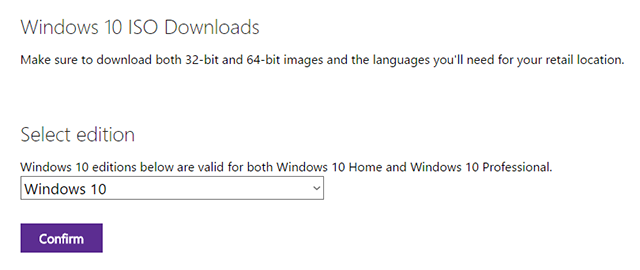 You Can't Download Windows 10 ISOs Anymore... Or Can You?
You Can't Download Windows 10 ISOs Anymore... Or Can You? Mortal Kombat X Guide: How to Play Reptile
Mortal Kombat X Guide: How to Play Reptile